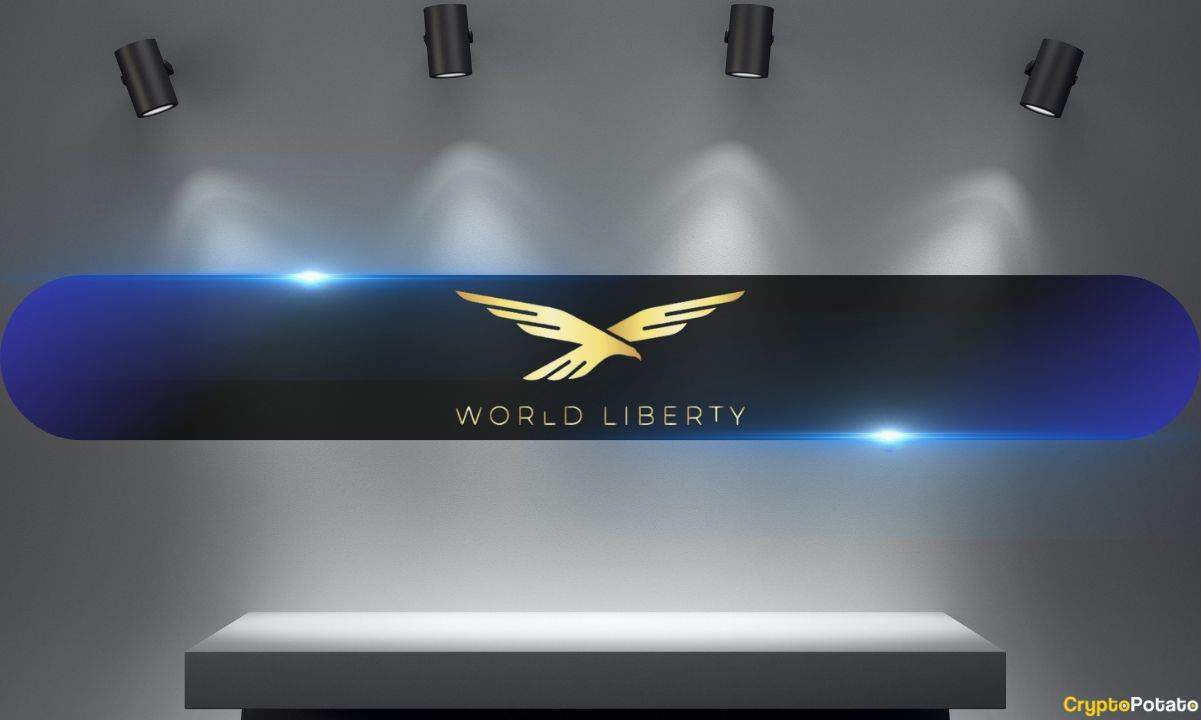World Liberty’s $1 USD Peg Fuels $2B Binance-Bound MGX Mega-Play

In a move that’ll have crypto degens and institutional suits nodding in rare agreement, World Liberty’s dollar-pegged token is turbocharging a $2 billion MGX investment—straight into Binance’s liquidity furnace.
Why it matters: When a stablecoin shovels nine-figure sums into an exchange that’s survived more regulatory firefights than a mob accountant, it’s either genius or gambling with other people’s money. Spoiler: history favors the latter.
The fine print: MGX’s sudden liquidity injection comes just as Binance’s BNB flirts with ATHs again—because nothing screams ‘market confidence’ like doubling down during an SEC probe. Ah, crypto finance. Never change.
A Rapid Ascent for USD1
Witkoff framed the partnership as a vote of confidence in USD1’s stability and utility. We thank MGX and Binance for their trust in us,” he said.
Eric Trump, also present at the Dubai event, noted that digital assets like USD1 could “disintermediate financial institutions” and reduce the reliance on untrusted governments or currencies. His rhetoric is in keeping with that of his father, U.S. President Donald Trump’s pivot from crypto skeptic to self-styled champion of the industry.
While MGX’s deal for a minority stake in Binance was first announced in March, the decision to use USD1 for settlement had been kept under wraps until now. The $2 billion deal was the biggest funding agreement made with a crypto platform and the largest to be paid out in stablecoin.
USD1’s rise has been nothing short of meteoric. Within weeks of its launch, its market cap flashed past the $1 billion mark, outpacing the early performances of more established rivals like Tether’s USDT and Circle’s USDC.
With 2,127,970,381 units circulating, the stablecoin now boasts a market cap of over $2.1 billion. Witkoff recently took to X to celebrate the milestone, with BitGo, USD1’s custody and infrastructure provider, calling it “the fastest rise from 0 to $1B in stablecoin history.” The company has played a major role in USD1’s development, using its Stablecoin-as-a-Service platform to support the asset’s rapid scaling.
Initially deployed on Ethereum and Binance Smart Chain (BSC), the stablecoin is set to expand to the Tron network, whose founder, Justin Sun, invested $75 million in WLFI earlier in the year.
Stablecoin Hierarchy Under Threat?
The U.S. dollar-pegged coin’s explosive growth comes amid intensifying competition in the stablecoin sector, with some raising eyebrows over its political associations and rapid adoption by institutional players like MGX.
Still, its $2 billion valuation is far from USDT’s $149.3 billion, making up more than 61% of the total stablecoin market’s valuation. Previously, it was reported that USDT dominates Tron, boasting a 98.5% share of the network’s stablecoin supply, with the likes of USDD, TUSD, and USDC making up 1.15%, 0.26%, and 0.06%, respectively.
However, USD1 is yet to be listed on major centralized exchanges like Binance and Coinbase, and observers expect such listings to expand its liquidity and potentially reshape the stablecoin hierarchy dramatically.

